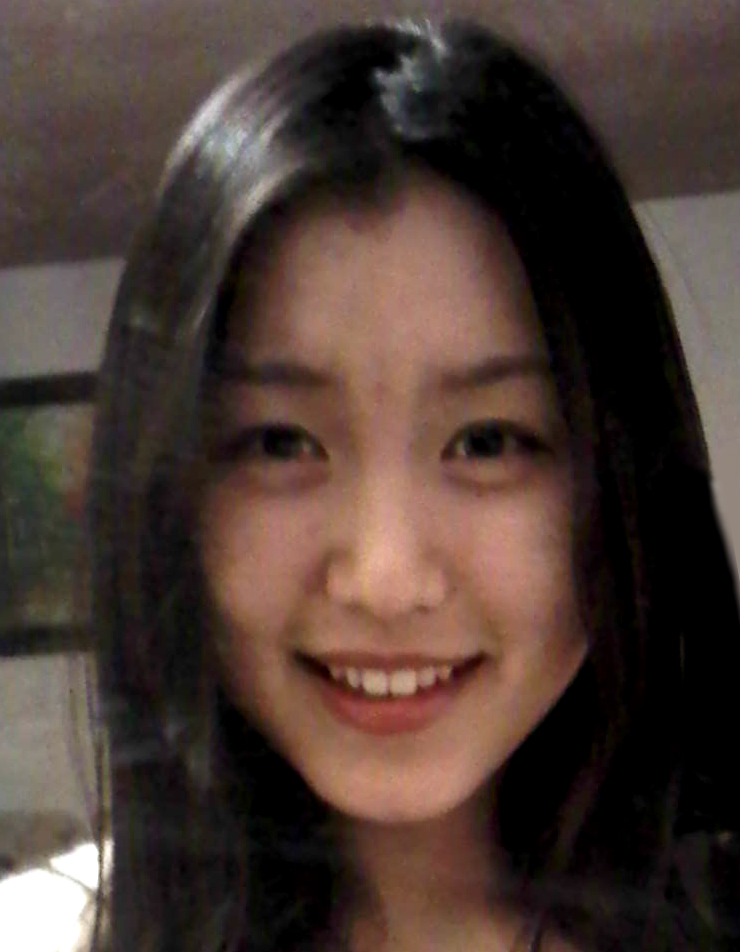Virtual Reality Laboratory
- Home
- About Us
- Projects
- Presentations
- Publications
- Media
- Link
- Contact Us
Home





The neurorehab research laboratory has evolved over the years from using Gesture Extreme virtual reality software for conducting studies examining its potential with disabled children and adults. Programming virtual reality applications for rehabilitation studies in autism, stroke, brain injury followed. Many other research studies are carried out using the laboratory as its base (assistive technology, community based (school and home), mindfulness).
About Us

Professor, Department OS & OT
- Institute of Biomaterials and Biomedical Engineering
- Institute of Medical Science; Institute for Studies in Education, Department of Human Development and Applied Psychology
- Graduate Department of Rehabilitation Science

- Currently 2nd year in Occupational Therapy Program in University of Toronto
- Honour Degree Psychology from York University
- Diploma in Music from Humber College
- Mindfulness Based Stress Reduction

- Currently in 2nd year of the MScOT program at the University of Toronto, pilot testing a computer-based mindfulness training course.
- B.A. in Kinesiology from York University
- Certificate in Fitness Assessment and Exercise Conunselling
- Certified Exercise Physiologist (CEP) with Canadian Society for Exercise Physiologists (CSEP)

- B.A.Sc from University of Toronto
- Certificate in Fitness Assessment and Exercise Conunselling
- Certified Exercise Physiologist (CEP) with Canadian Society for Exercise Physiologists (CSEP)

- B.A.Sc from University of Toronto
Projects
Development and Evaluation of Map Guided and Written Instruction Guided Route Finding Virtual Reality Game
Neurorehabilititation Lab, University of Toronto
Link: Here
Exploring the Effect of Virtual Reality on Unilateral Neglect Caused by Stroke
Feburary 2007
Unilateral neglect is a common deficit following stroke which may impactfunction, safety and visual awareness. Virtual reality (VR) may be a potential new intervention option. Using a single-subject, A1-B-A2 design, four case studies explored the effects of VR on unilateral neglect. During the intervention phase (B), participants completed six, weekly, one-hour sessions of VR tasks. The outcome measures completed during the baseline (A1), treatment (B) and reassessment phase (A2) were the Behavioural Inattention Test, and the Bells test. The data were graphically represented and subsequently visually analyzed. Qualitative comments from the participants are considered along with the results. The quantitative results are inconclusive but suggest that VR may have the potential to be useful for individuals with stroke who are affected by neglect in their everyday life. Further research is warranted to substantiate these results.
Link: Poster
Contextual Processing of Objects: Using Virtual Reality to Improve Abstraction and Cognitive Flexibility in Children with Autism
June 2010
Background: The current study investigated the efficacy of a novel virtual reality-cognitive rehabilitation (VR-CR) intervention to improve contextual processing of objects in children with autism. Contextual processing is a cognitive ability thought to underlie the social and communication deficits of autism. Previous research supports that children with autism show deficits in contextual processing, as well as deficits in its basic component abilities: abstraction and cognitive flexibility.
Methods: Four children with autism participated in a multiple baseline single-subject study. The children were taught how to see objects in context by reinforcing attention to pivotal contextual information. One-on-one teaching sessions occurred three times per week for approximately two weeks.
Results: All children demonstrated significant improvements in contextual processing and cognitive flexibility. Mixed results were found on the control test. Changes in context-related behaviours were reported.
Conclusion: Further studies using virtual reality to target specific cognitive impairments in children with autism are warranted.
Link: Published Paper
Development and Evaluation of Visual Memory Virtual Search Task
Neurorehabilititation Lab, University of Toronto
Reid, D.T., Jutai, J. Assessment of Visual Perception in Persons with Neurological Disorders: A Computerized Process Approach. Canadian Journal of Rehabilitation, 9, 33-38, (1995).
Presentations
Publications (Selected)
Advanced Computational Intelligence Paradigms in Healthcare
2011
Reid, D.T. (2011). Doing Play in a Virtual Environment. in S. Brahnam & L. Jain (Eds). Advanced Computational Intelligence Paradigms in Health care: Virtual reality in psychotherapy, rehabilitation, and assessment. Springer. (pp. 253-268) Invited book chapter
Virtual reality in pediatric neurorehabilitation
2011 
Wang,M. & Reid, D.(2011). Virtual reality in pediatric neurorehabilitation: Attention deficit hyperactivity disorder, autism and cerebral palsy, Neuroepidemiology, 36, 2-18.
The perceptins of on-screen keyboard
2010
Carpe, A, Harter, K., Tam, C.Reid DT. (2010) The Perceptions of On-Screen Keyboard Use Among Children with a Physical Disability, Assistive Technology, 87-98.
Design and development of the two-plane seating concept
2009
Reid, D.T., Brault, R., Croteau, D. (2009) Design and development of the two-plane seating concept to enable quality of sitting posture and enhanced occupational performance, Technology and Disability, 21, 149-158.
The virtual reality-cognitive rehabilitation (VR-CR)
2009 
Wang, M., Reid, D.(2009) The virtual reality-cognitive rehabilitation (VR-CR) approach for children with autism. Jounral of CyberTherapy and Rehabilitation, 2, 95-102
Development of a computerized visual search test (CVST)
2009 
Reid, DT, Babani, H., Jon, E. (2009). Development of a Computerized Visual Search Test(CVST). International Journal of Rehabilitation Research,32, (3):205-212.
Development and Pilot Evaluation of a virtual environment
2009
Reid, D.T., Wan, C., Hebert, D. (2009). Development and Pilot Evaluation of a Virtual Environment for Assessment of Way-Finding Ability in Persons With Neurological Disability, Technology and Disability, 21, 43-52.
The use of virtual reality with children with cerebral palsy
2007 
Reid D, Campbell, K. (2007). The use of virtual reality with children with cerebral palsy: A pilot randomized trial, Therapeutic Recreation Journal, 40, 255-268.
Exploring the Effects of Virtual Reality on Unilateral Neglect Caused by Stroke
2007
Smith, J., Hebert, D, Reid, D.(2007). Exploring the Effects of Virtual Reality on Unilateral Neglect Caused by Stroke: 4 Case Studies, Technology and Disability. 19, 29-40.
Experiences of Women Engaging in tea ceremony occupations
2011 
Sakaue. M. & Reid, T. (2011) Beyond the making of tea in place: Experiences of women engaging in tea ceremony occupations. Journal of Occupational Science online, pp.1-9 ISSN 2158-1576
Experiences of Disabled Artists
2011
Reid, D. (in press) Enabling a Community Culture of Creative Expression: Experiences of Disabled Artists. The International Journal of the Creative Arts in Interdisciplinary Practice.
Mindfulness and Flow in occupational engagement
2011 
Reid, D.T.(2011). Mindfulness and Flow in Occupational Engagement: Presence in Doing. Canadian Journal of Occupational Therapy.78, 50-56.
Engagement and Being-in-the-world
2010
Reid, D.T. (2010). Mundane Occupations: Engagement and Being-in-the-world. Occupational Therapy Now, 12, 24-26.
Links
Contact Information
- +1-416-978-5937
- 160-500 University Avenue
Toronto, Ontario
M5G 1V7 - d.reid@utoronto.ca
